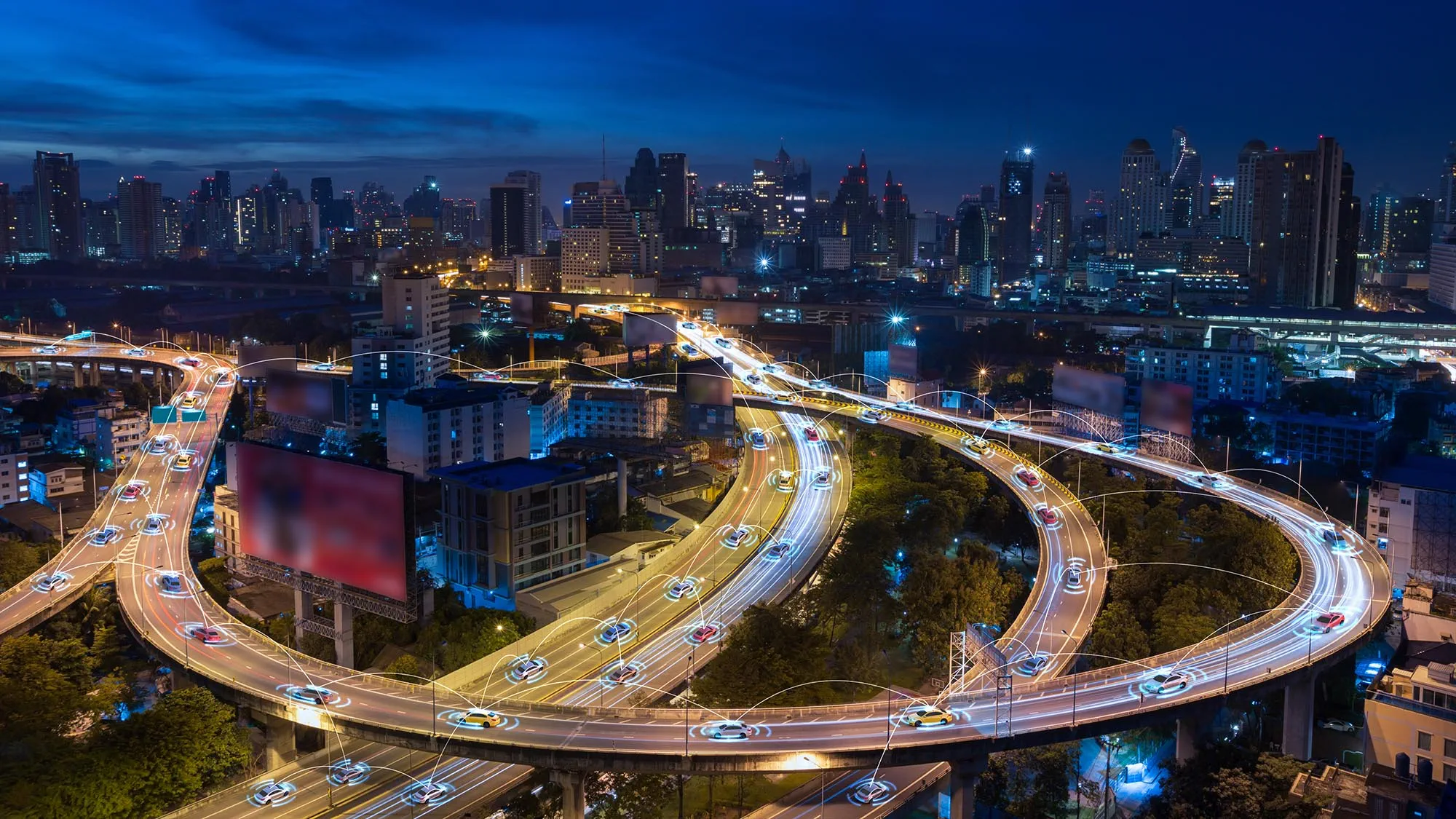In growing towns and cities, mobility makes a community work. For Arup, ‘intelligent mobility’ is an ethos that looks beyond individual transport modes, to create more efficient and integrated networks, and meet greater social, economic and environmental goals.
Our teams work with clients on a wide range of intelligent mobility projects, focussing on three key areas of work:
How we can help
We help cities, transport authorities, developers, and investors to design, manage, integrate and operate the many systems that make up the mobility era in the following ways:
Low emission mobility
Transport should enhance human health, not diminish it. According to the World Health Organisation, road traffic can contribute anything from 17-70% of air pollution. We help cities, towns and other national transport authorities to adopt, enable and encourage the use of low emission vehicles, offering support around strategy, technical and economic feasibility and implementation as they move to a low emission vehicle world.
Electric cars and buses are pivotal to radically lowering emissions. But they can only succeed if supported by the enabling infrastructure and clean grid they need. Other low-emitting fuels, like hydrogen, can play a role too. So-called ‘contained sites’ like airports, ports and university campuses are proving great places to explore these new approaches.
Some of our work
Shared, autonomous and connected mobility
Cities all over the world are having to rethink who will soon be using their streets, and how. A new class of ride-sharing, in autonomous and connected vehicles, seems to promise lower congestion and lower emissions. But if poorly managed, the number of vehicles could actually increase. Good planning is pivotal.
There are many elements to consider: policies for changing street use; data governance and how new Mobility as a Service platforms (MaaS) could work; cyber security, changing safety issues, and many other implications. Arup is already working with cities and transport agencies around the world to prepare for this new era. For example, we've helped Infrastructure Victoria in Australia understand the potential transport engineering impacts, risks and opportunities presented by automated and zero emissions vehicles on local roads.
Mobility pricing and management
The introduction of one-day delivery, private-hire vehicles and e-scooters has meant the demands on our road networks are growing. Yet how we pay for our roads, with few exceptions, hasn’t changed.
But change is coming. We are working with policy makers, transport authorities, and private interests who want to improve how we integrate the way we price and pay for our local, regional and national transport networks. We work with policy makers to deliver publically acceptable measures that drive desired behavioural changes, such as charging the highest polluting vehicles in our city centres or delivering policies that directly incentivise active travel and public transport use.
Our approach starts from the individual and the desired social outcomes, to develop mobility pricing solutions that incorporate new technologies, new business models and platforms, while developing policies that our communities and leaders can support.
Some of our work
Understanding the future of intelligent mobility
Our work is underpinned by in depth research and thought leadership, enabling us and our clients to understand a rapidly changing world now and for the future. Read more:
Discover how our team can help
You can access our Intelligent Mobility services through regional experts around the world. Wherever you’re based, we can help to support you to create environments where more people can enjoy integrated and seamless journeys.
 ;
;





